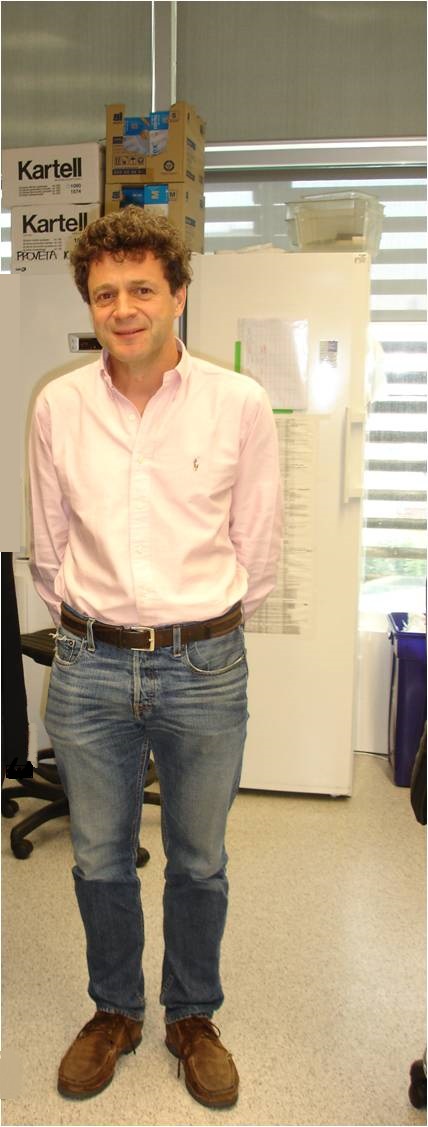A Novel Brain Mechanism for Nicotine addiction
 Researchers at the IMIM-Hospital del Mar Medical Research Institute, the Neurophar Laboratory of Pompeu Fabra University (UPF), the Pasteur Institute and the University Pierre and Marie Curie (UPMC) have published a study in the journal Neuropsychopharmacology, revealing a neural mechanism crucial for nicotine reward, a process that underlies nicotine addiction.
Researchers at the IMIM-Hospital del Mar Medical Research Institute, the Neurophar Laboratory of Pompeu Fabra University (UPF), the Pasteur Institute and the University Pierre and Marie Curie (UPMC) have published a study in the journal Neuropsychopharmacology, revealing a neural mechanism crucial for nicotine reward, a process that underlies nicotine addiction.
Nicotine, the principal psychoactive component of tobacco, is quickly absorbed through the nasal, oral and respiratory membranes and takes 7 seconds to reach the brain where the receptors are located. It is there where it acts on the central nervous system as well as the autonomic nervous system. This almost immediate relationship between the inhalation of the smoke and its effect at a cerebral level is one of the factors contributing to the highly addictive nature of nicotine. This is explained by the fact that the nicotine exerts its psychopharmacological effects by activating receptors that are very abundant in several specific regions of the brain, the nicotinic acetylcholine receptors (nAChR).
The study has found that some of these cerebral receptors contain a subunit known as beta4. This is present almost exclusively in a key pathway in the brain's reward circuit and is crucial for the positive reward effects caused by the nicotine in our brain.
Patricia Robledo, researcher at the IMIM-Hospital del Mar Research Institute, Rafael Maldonado, group leader of the Neuropharmacology Laboratori of UPF, and colleagues found that mice lacking the beta4 subunit-encoding gene showed reduced nicotine consumption and an abnormal neural response of the mesolimbic dopamine ‘reward’ system to nicotine. Selectively replacing this nicotinic receptor subunit in the medial habenula or interpeduncular nucleus of these mice using a virus restored both nicotine consumption and dopamine function.
“This research is consistent with human genetic data showing that variants in the beta4 subunit-encoding gene alter smoking behaviour and vulnerability to nicotine addiction”, concludes Robledo.
These findings put forward a novel neurobiological target for clarifying the basis of nicotine addiction, and therefore could help in the future design of more rational therapeutic leads for smoking cessation.
Reference work: Harrington L, Vinals X, Herrera-Solis A, Flores A, Morel C, Tolu S, Faure P, Maldonado R, Maskos U, Robledo P. Role of β4* Nicotinic Acetylcholine Receptors in the Habenulo-Interpeduncular Pathway in Nicotine Reinforcement in Mice. Neuropsychopharmacology November 2015 doi: 10.1038/npp.2015.346.
